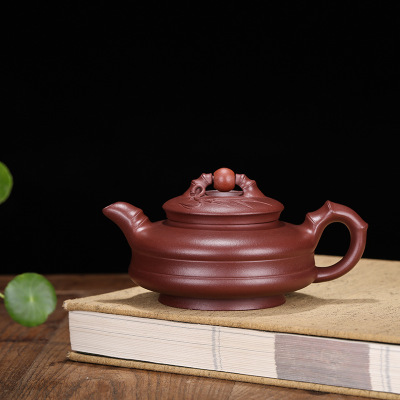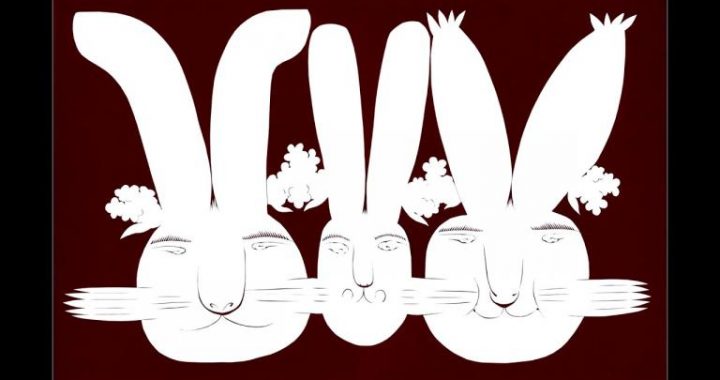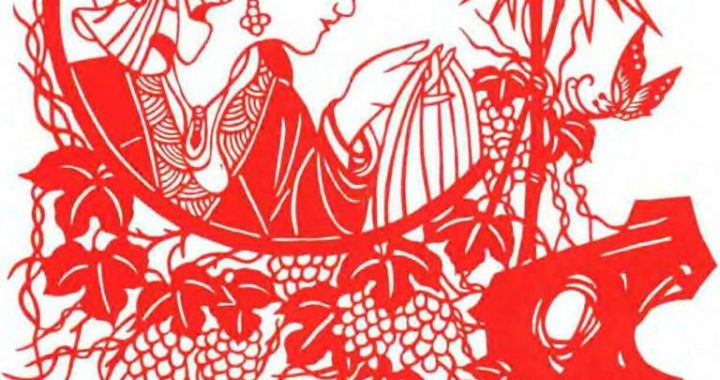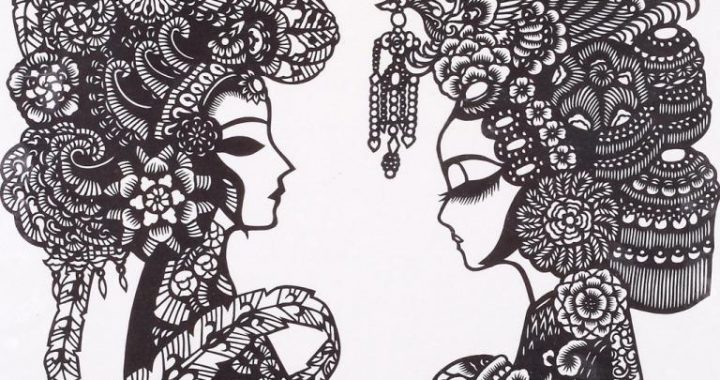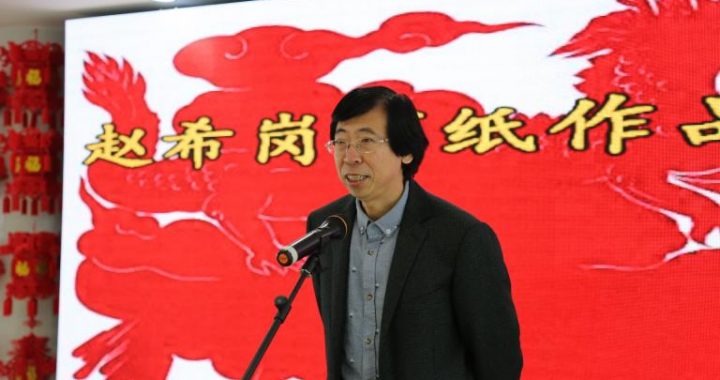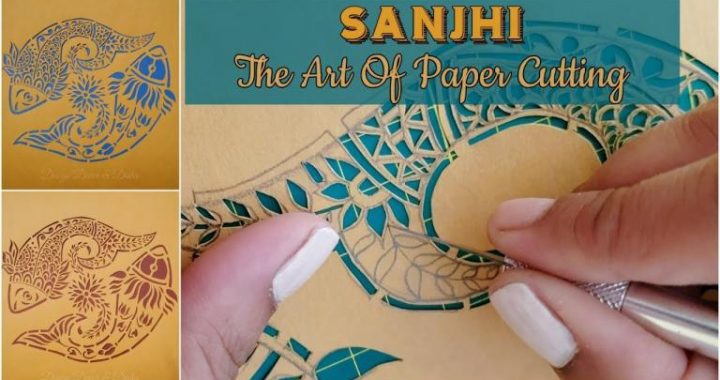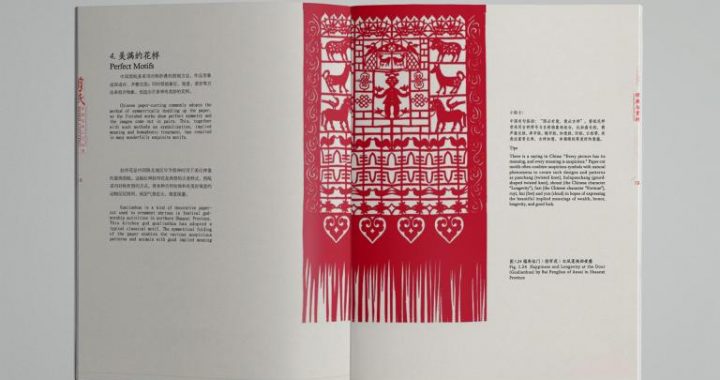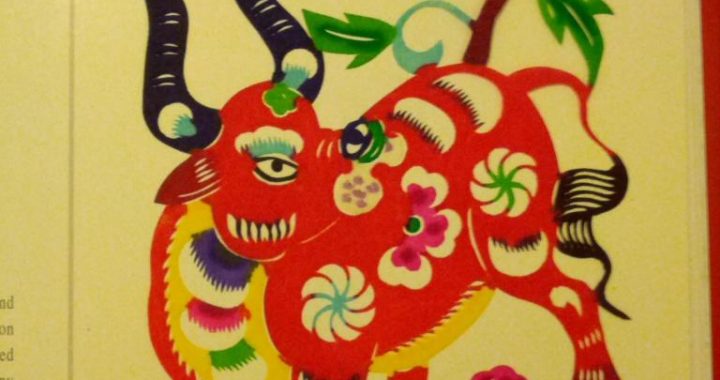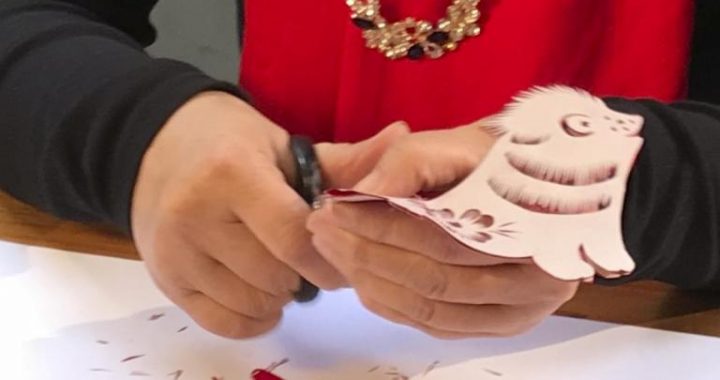Gong Chun Teapot and Lotus-and-toad Teapot
2 min readYixing, Jiangsu, is known as the “pottery capital with a history of one thousand years”and the fame of the zisha (purple-clay) teapot of Yixing has spread even throughout the country. If someone asks who made the greatest contribution to the zisha teapot craft, all the local people would unanimously give the credit to Gong Chun and told about the story of the Gong Chun teapot and the lotus-and-toad teapot he had made.

By the Ming Dynasty, the pottery-making industry of Yixing had already reached a fairly large scale. At Yixing there was a farmer surnamed Gong and his only son was named Gong Chun. From childhood, Gong Chun liked to watch his neighbor, an old monk, make pottery. But as the old monk was afraid of losing his own way of living in case of passing on his skills to the boy, he was unwilling to teach the boy his pottery workmanship. So Gong Chun could do nothing but study intensively by himself. One night, when he saw the unconventional shadow on the knot of a peach tree cast by the moon, he got an inspiration to make a zisha teapot with the peach tree knot as the teapot body. As the shape of the teapot was natural and innate, it was simple and unsophisticated, bringing about new zisha handicraft, and the people named this craft Gong Chun teapot after its initiator The greedy magistrate of the local prefecture asked Gong Chun to make a teapot for him. Gong Chun hated to fawn on and flatter influential officials but this time he made an exception to promise him.

Finally, he made a lotus-and-toad teapot with the magistrate as the model. The toad opening its big month was the very image of the magistrate. This lotus-and-toad teapot was not only a masterpiece of the zisha teapot but also a scathing satire on those influential officials avaricious of wealth.
